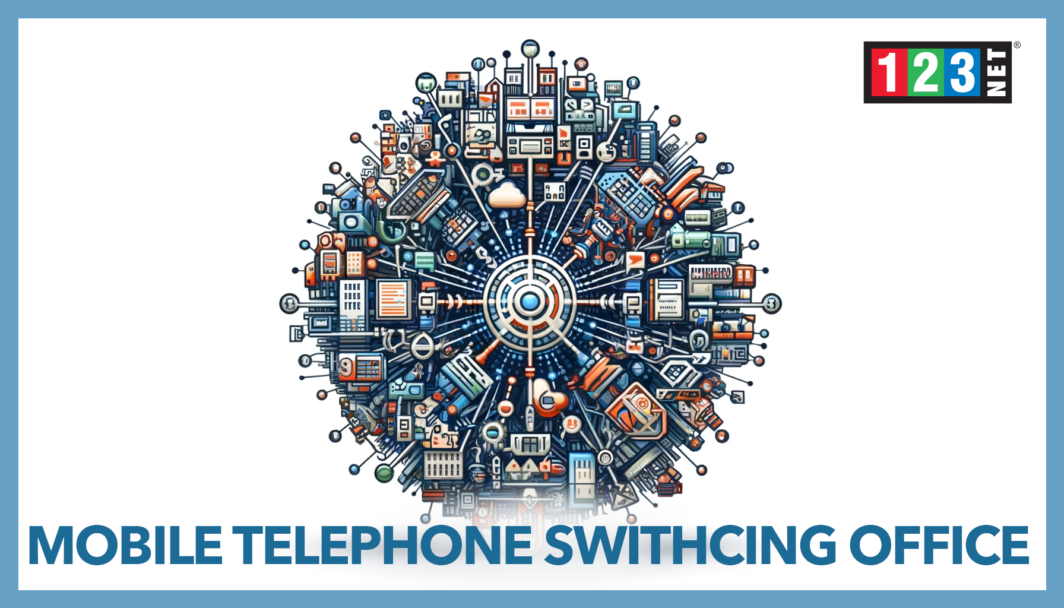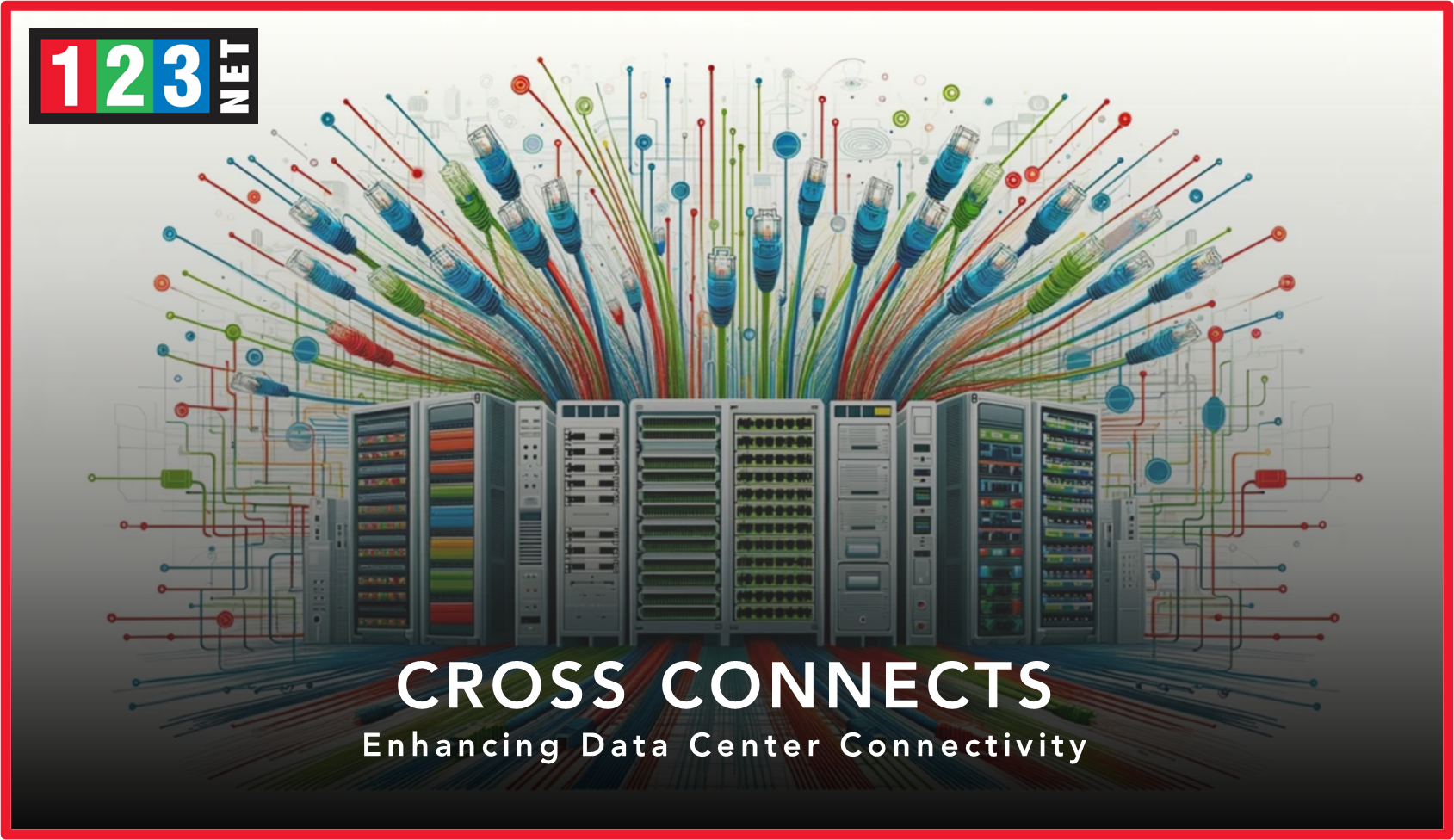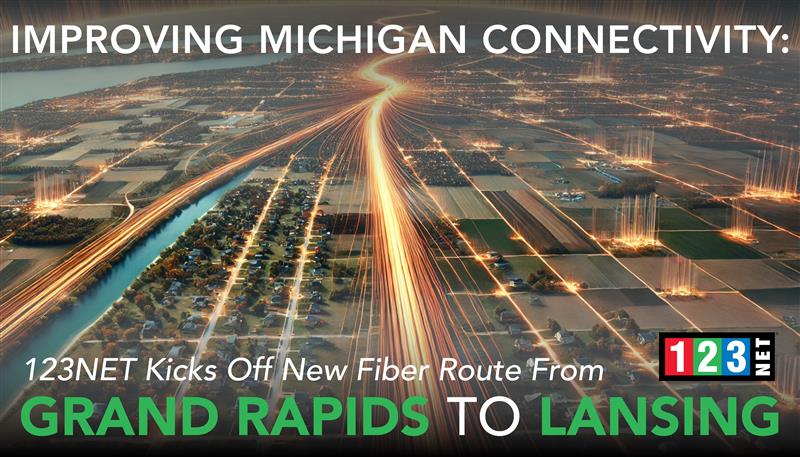
Introduction
A Mobile Telephone Switching Office (MTSO) is a critical component in the infrastructure of mobile communication. Serving as the central hub for routing calls and managing network functions, the MTSO ensures seamless connectivity and efficient communication across cellular networks. Its role extends beyond mere call routing; it encompasses network management, subscriber data handling, and integration with other networks. This article delves into the intricacies of the MTSO its functions. As well as technological advancements, and its pivotal role in the telecommunication network.
What is a Mobile Telephone Switching Office?
An MTSO, also known as a Mobile Switching Center (MSC), is the heart of a cellular network. It performs essential functions such as call processing, routing, and network management. Unlike a Public Switched Telephone Network (PSTN) Central Office, which handles landline communications, the MTSO manages mobile communications. Key components include the base station controller (BSC), which oversees cell towers. As well as various interfaces that connect to other parts of the network. The MTSO ensures that calls are efficiently routed and that mobile devices remain connected as users move through different cell coverage areas.
How Mobile Telephone Switching Office Works
The MTSO operates by processing and routing calls between mobile devices and other networks. It interacts with cell towers and base stations to manage call setup, handoff, and teardown. The MTSO handles control channels and signaling, ensuring that calls are directed to the correct destination. When a call is made, the MTSO verifies subscriber information. It also establishes a connection, and maintains the call as the user moves. This involves complex algorithms and protocols to ensure uninterrupted communication.
Key Functions of Mobile Telephone Switching Office
Key Functions of MTSO
Call Setup and Teardown: The MTSO manages the initiation and termination of calls, ensuring efficient use of network resources. When a call is made, the MTSO verifies subscriber information, establishes the connection, and maintains the call until it ends. This process involves complex algorithms and protocols to ensure uninterrupted communication.
Handoff Management: The MTSO oversees the seamless transition of active calls between cell towers as users move. This handoff management is crucial for maintaining call quality and preventing dropped calls. The MTSO coordinates with base station controllers (BSCs) to ensure that as a user moves out of one cell’s coverage area and into another. The call is seamlessly transferred without interruption.
Billing and Subscriber Data Management: The MTSO maintains records of calls for billing purposes and manages subscriber information. This includes tracking call duration, time, and data usage to accurately bill customers. Additionally, the MTSO stores and updates subscriber profiles, which include information like service plans, authentication data, and roaming permissions.
Integration with PSTN: The MTSO connects mobile networks to the Public Switched Telephone Network (PSTN). It is enabling calls between mobile and landline phones. This integration is essential for providing comprehensive communication services, allowing mobile users to reach any telephone number. Whether it is part of a mobile network or a traditional landline.
Importance of MTSO in Mobile Networks
The MTSO is central to network management, affecting call quality and reliability. It plays a crucial role in emergency services, enabling accurate location tracking and swift response. By managing network resources and ensuring efficient call routing, the MTSO enhances the overall user experience. Its ability to handle high volumes of calls and maintain network integrity is vital for the functioning of modern mobile communication systems.
Technological Advancements in MTSO
The evolution of MTSO technology has been significant, from 1G to 5G networks. Softswitch technology, which decouples call control from the underlying hardware, has revolutionized MTSO operations. Integration of artificial intelligence (AI) and machine learning (ML) has further enhanced its capabilities, allowing for predictive maintenance and improved network optimization. Future trends include more advanced AI-driven management systems and integration with the Internet of Things (IoT), paving the way for smart cities and more efficient mobile networks.

Challenges and Solutions in Managing MTSO
Managing an MTSO comes with various technical challenges, such as latency, bandwidth limitations, and security concerns. Effective solutions include deploying advanced security measures, optimizing network resources, and implementing robust congestion management strategies. Addressing these challenges is crucial for maintaining high call quality and network reliability, especially in densely populated urban areas.
Future Trends in Mobile Telephone Switching Office
The future of Mobile Telephone Switching Office (MTSO) technology is poised for exciting advancements. As networks evolve to support the Internet of Things (IoT) and smart city initiatives, the role of the MTSO will become even more critical. Predictions for the next decade include increased automation, more sophisticated AI integration, and enhanced connectivity solutions to support the growing demand for mobile communication services. Automation will streamline operations, reduce costs, and improve efficiency. AI integration will enable more intelligent network management, predictive maintenance, and real-time data analysis, leading to better service quality and faster response times to network issues. Enhanced connectivity solutions, such as 5G and beyond, will provide the necessary infrastructure to handle the exponential growth in data traffic from IoT devices and smart city applications. These advancements will not only improve the performance and reliability of mobile networks but also support new applications and services that will transform industries and everyday life.
For example, autonomous vehicles, remote healthcare, and smart infrastructure will rely heavily on robust and efficient MTSO technology. Additionally, the increased capacity and lower latency of next-generation networks will enable more immersive experiences in augmented reality (AR) and virtual reality (VR). As the demand for mobile communication services continues to grow, the evolution of MTSO technology will be essential to meeting the needs of consumers and businesses alike. In summary, the future of MTSO technology holds great promise, with advancements in automation, AI, and connectivity paving the way for a more connected and intelligent world.
FAQs About Mobile Telephone Switching Office
- What is a Mobile Telephone Switching Office? A: An MTSO is a central hub in a mobile network responsible for call routing, network management, and subscriber data handling.
- How does an MTSO work? A: It processes and routes calls, interacts with cell towers, and manages handoffs between different network segments to ensure continuous connectivity.
- Why is MTSO important in mobile communication? A: The MTSO ensures efficient call management, network reliability, and quality of service, making it essential for mobile communication.
- What are the key functions of an MTSO? A: Key functions include call setup and teardown, handoff management, billing, subscriber data management, and integration with the PSTN.
- What are the future trends in MTSO technology? A: Future trends include advanced AI integration, support for IoT and smart cities, and continued evolution to meet the demands of next-generation networks.
Conclusion
In conclusion, the Mobile Telephone Switching Office is a cornerstone of modern mobile communication infrastructure. Its ability to manage calls, maintain network stability, and adapt to technological advancements underscores its importance. Staying informed about the latest developments in MTSO technology is essential for anyone involved in the telecommunications industry, as it continues to shape the future of mobile communication.




